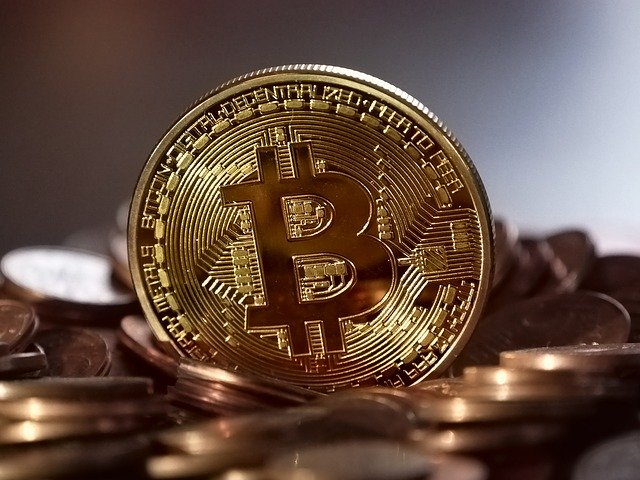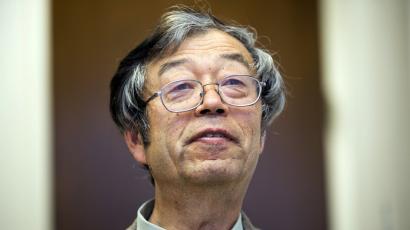Ripple Launches Crypto Liquidity Hub To Assist Customers In Buying, Selling, And Holding Cryptocurrencies.
Ripple harnesses the power of cryptocurrency and blockchain to pay for everyone, anywhere, anyway. Financial institutions can join the growing Ripple global network (RippleNet) to instantly, reliably, and cost-effectively process customer payments from anywhere in the world. Banks and payment processors can use XRP digital assets to cut costs and expand their market presence.
Ripple, a leading provider of enterprise blockchain and encryption solutions, has announced Ripple Liquidity Hub, a new solution for enterprise customers that will be available in 2022. Customers can access crypto assets on a variety of global platforms, including market makers. , a decentralized platform via exchanges, OTC tables, and future Ripple Liquidity Hub. Customers can easily buy, sell and store crypto assets thanks to turnkey product integration and smart order routing, allowing them to receive digital assets at the best price.
With plans to scale to more tokenized assets, the GA launch supports BTC, ETH, LTC, ETC, BCH, and XRP (availability varies by geographic location). Ripple plans to add new features like bidding support and monetization capabilities in the future.

Ripple has used Liquidity Hub for internal liquidity management for nearly two years as part of its On-Demand Liquidity (ODL) product, generating multi-million dollar transactions. Ripple will now serve hundreds of customers around the world, not just financial institutions, banks, fintech, or businesses that need help preparing for the imminent cryptocurrency world.
“We understand firsthand the need for simple and effective liquidity management, so we’ve been asked by clients looking for a solution that could be a one-stop shop for buying, selling, and storing crypto assets,” said Ashish Birla. RippleNet CEO.
Ripple’s cryptographic DNA and long history of partnerships with financial institutions provide a unique opportunity to help clients address this challenge as they prepare for a tokenized future.
Unlike other solutions on the market today, Liquidity Hub is tailored to the needs of enterprise customers.
Easy Onboarding: Provides an optimized API to access digital assets from diverse liquidity pools, enabling businesses to quickly integrate with liquidity hubs and provide trading services to clients, creating new revenue streams.
Optimized Pricing: Businesses can offer optimized aggregate prices for a wide range of digital assets, enabling them to offer their clients the best possible prices from a variety of liquidity sources.
Access to Capital: Businesses do not need to pre-fund their Liquidity Hub account and can access working capital through Ripple to finance their business operations.
Coinme is the largest network of licensed cryptocurrency exchanges in the United States, with thousands of locations across the country, and is Ripple’s first alpha product partner. Initially, Coinme plans to use its underlying technology platform, Liquidity Hub, and add additional features available.
“Coinme provides an easy and convenient way to exchange cash for cryptocurrencies. To provide our clients with optimal prices for a wide range of assets, we need 24/7 access to the liquidity to manage this vast network. “We are excited to work with Ripple to bring these benefits to our customers and businesses,” said Coinme CEO Neil Bergqvist.
Ripple was the first corporate company to use cryptocurrency to solve a multi-billion dollar cross-border payment problem. Since then, Ripple has evolved from a cross-border payment network to a platform that provides tokenized services, providing businesses with crypto opportunities and preparing for a future where cryptocurrencies are in the spotlight. Liquidity is critical to and supports any cryptocurrency experience.
Going forward, all clients will sign up for RippleNet with the same basic service and wallet that supports both crypto and fiat currencies. Customers can adopt this technology to stay on the cutting edge with the latest blockchain-based solutions. The platform is designed to seamlessly upgrade and add new services as customers wish. Customers can store anything tokenized in a Rippleenable-enabled wallet.
RippleNet closed its best quarter so far, announcing more than 20 new ODL markets, including new deployments in Japan and the Middle East and a 25x increase in the international flow of the network.
Ripple announced the creation of a liquidity hub as the company continues to seek legal action with the US Securities and Exchange Commission (SEC). The U.S. Securities and Exchange Commission (SEC) accused Ripple Labs CEO Brad Garlinghouse and co-founder Chris Larsen of raising more than $1.3 billion through XRP. sued with The Commission is considering an offer of unregistered securities.











